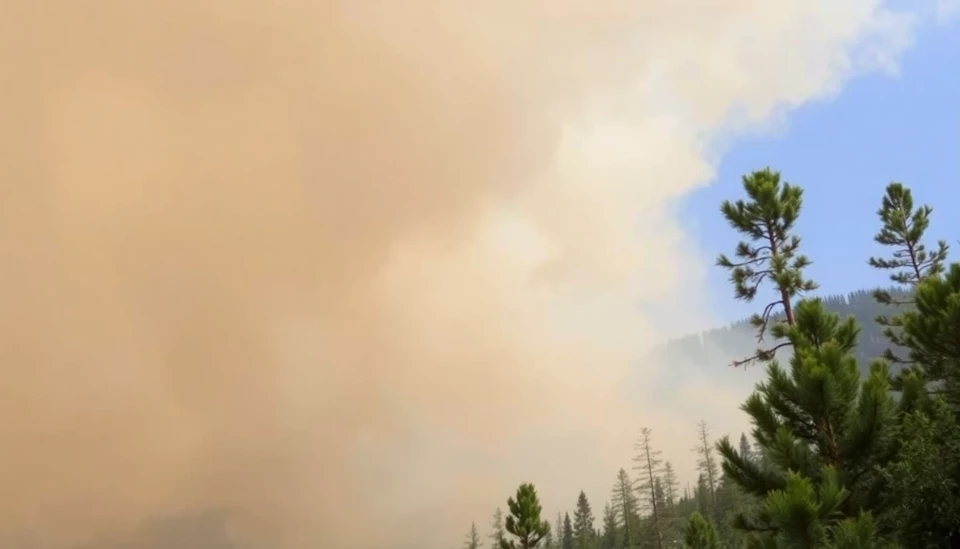
As the wildfire season intensifies globally, the detrimental effects of smoke on air quality have garnered increasing attention. With rising temperatures and prolonged drought conditions, wildfires are becoming more frequent, leading to significant health and environmental concerns. Understanding how wildfire smoke affects air quality is essential for communities that may find themselves in the direct line of these natural disasters.
During wildfire events, smoke is produced from burning vegetation, which consists of a complex mixture of gases and fine particulate matter. These particles, known as PM2.5, can penetrate deep into the lungs, posing serious health risks, particularly to vulnerable populations such as children, the elderly, and those with pre-existing respiratory conditions.
When smoke enters the atmosphere, it can travel thousands of miles, affecting air quality in areas far removed from the fire's epicenter. This phenomenon has been observed in various regions, leading to unhealthy air conditions, even in locales that are not directly threatened by flames. The particulate matter can linger in the air, contributing to haze and impacting visibility, while the chemical composition of the smoke can also lead to the formation of smog.
Localized air quality monitoring systems are critical for evaluating the immediate effects of wildfire smoke. Monitoring agencies use data from air quality sensors to provide real-time updates on pollution levels, issuing health advisories when necessary. However, many regions lack this infrastructure, which can leave communities unprepared for sudden changes in air quality. As such, public awareness campaigns are being intensified to educate individuals about the signs of poor air quality and the necessary precautions to take.
The health impacts associated with wildfire smoke exposure can be both acute and chronic. Short-term exposure may manifest as respiratory irritation, coughing, and shortness of breath, while long-term exposure has been linked to more severe health issues, including cardiovascular disease and decreased lung function. Recent studies indicate that communities exposed to higher levels of wildfire smoke experience increased hospital admissions and mortality rates, underscoring the urgency of addressing this public health crisis.
Government agencies are beginning to take the health impacts of wildfire smoke seriously, implementing policies aimed at reducing emissions and improving community preparedness for wildfire events. Strategies include prescribed burns, creating defensible spaces around homes, and enhancing firefighting resources. However, these solutions require the allocation of significant resources and long-term commitment.
In addition to direct health impacts, wildfire smoke can also have far-reaching effects on the environment. The release of carbon dioxide and other greenhouse gases contributes to climate change, while the particulate matter can settle on ecosystems, disrupting local flora and fauna. This interconnectedness of wildfire smoke and environmental health necessitates a holistic approach to managing wildfires and their far-reaching consequences.
Residents living in areas prone to wildfires should remain vigilant. It is advisable to stay indoors during heavy smoke conditions, use air purifiers, and wear masks rated for particulate matter when outdoors. Furthermore, staying informed through local news and weather services can help individuals make informed decisions during wildfire season.
Ultimately, as climate change continues to exacerbate the conditions that fuel wildfires, the importance of understanding and addressing the impacts of wildfire smoke on air quality cannot be overstated. Proactive measures and community engagement will be paramount in safeguarding health and improving resilience against future wildfire events.
In summary, as research progresses and wildfires continue to threaten various regions, the collective emphasis on health impacts, public policy, and community preparedness is crucial to mitigate the challenges posed by wildfire smoke and ensure that both lives and the environment are protected.
#WildfireSmoke #AirQuality #PublicHealth #ClimateChange #EnvironmentalImpact #WildfirePreparedness
Author: Sophie Bennett




